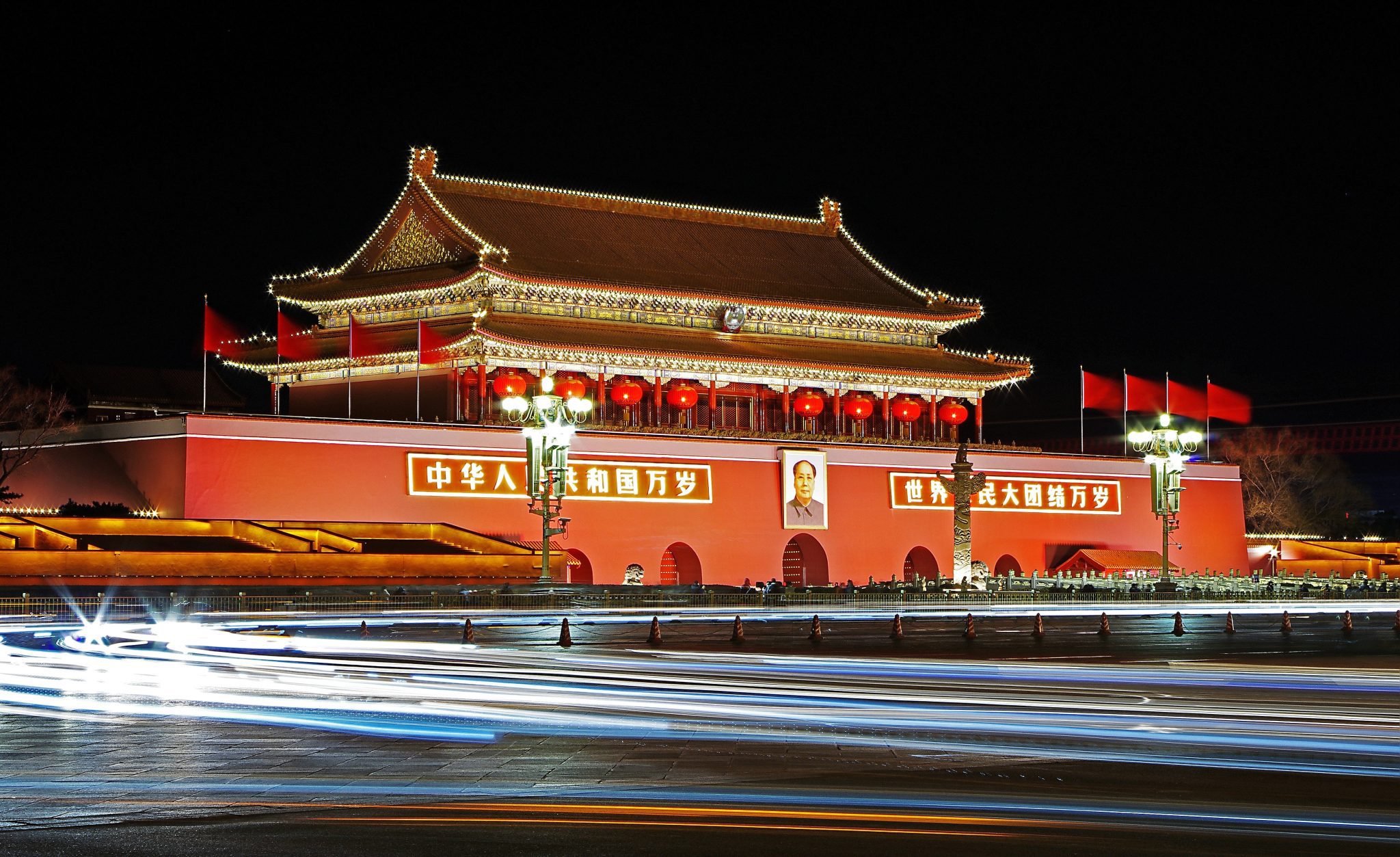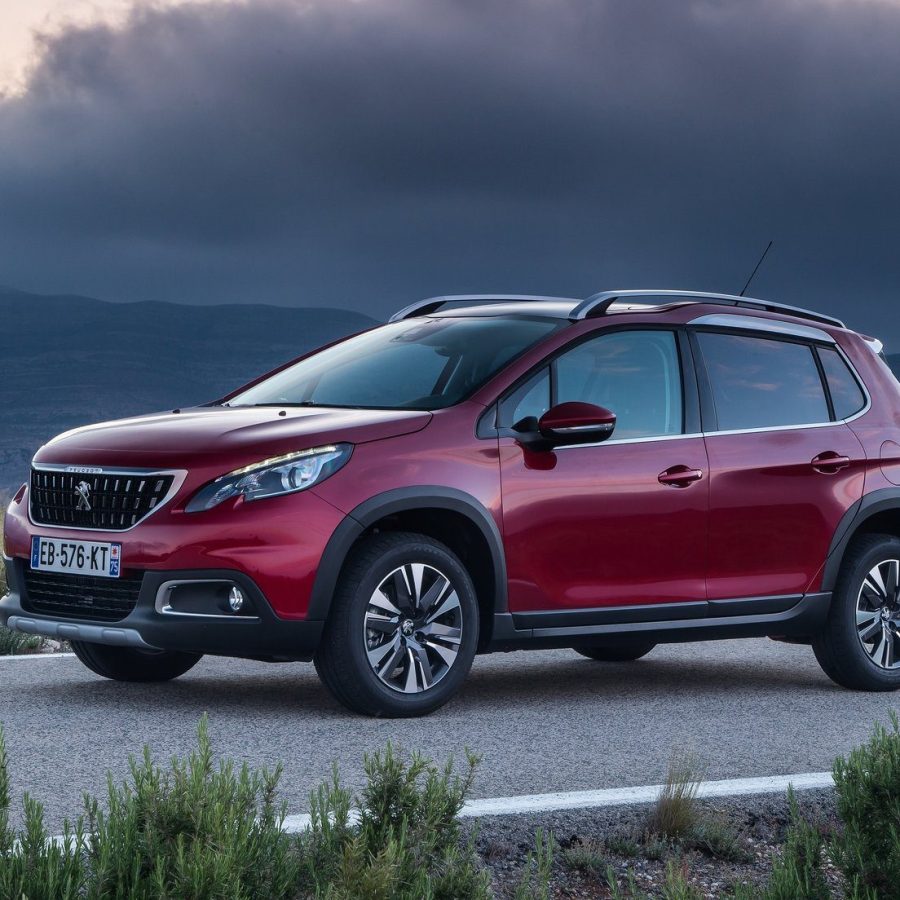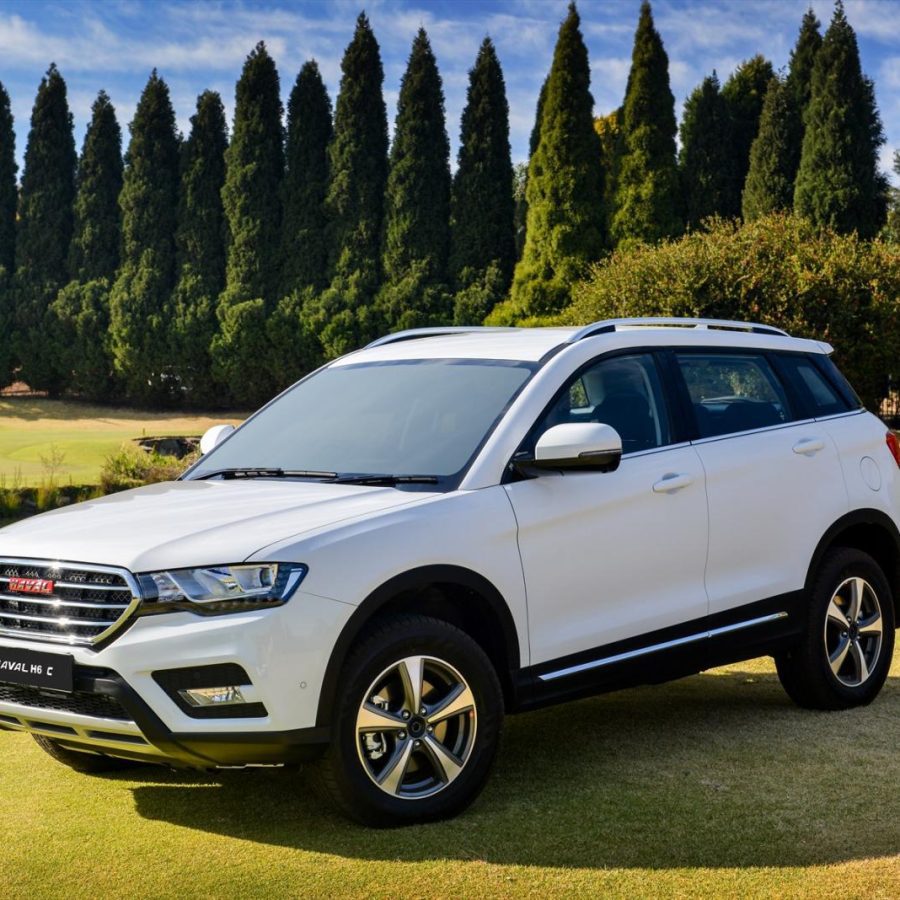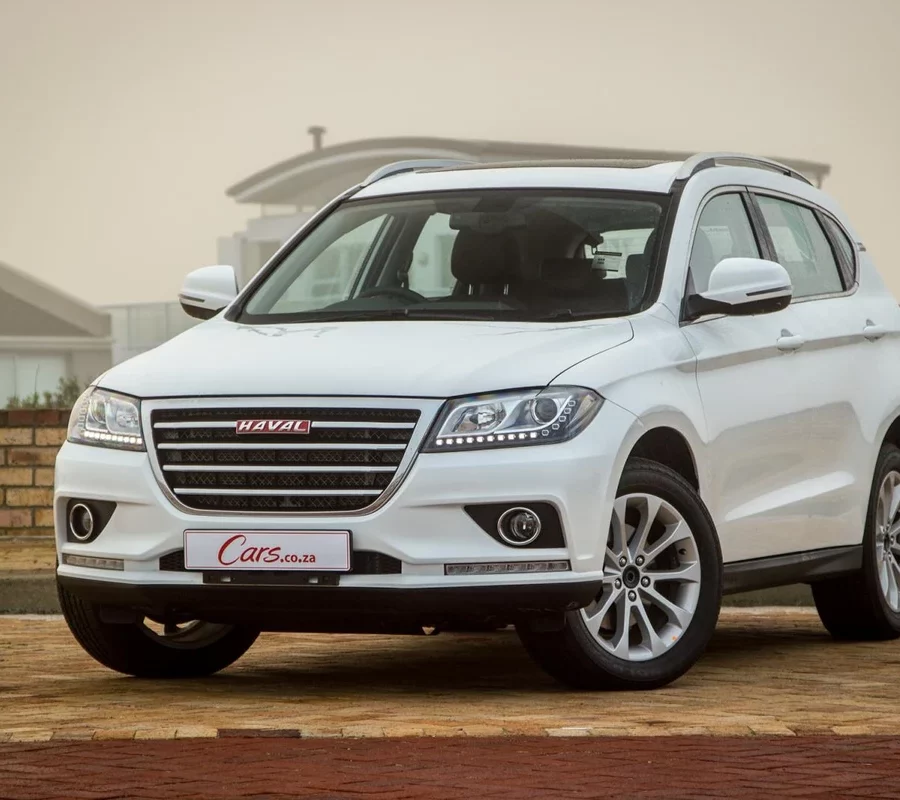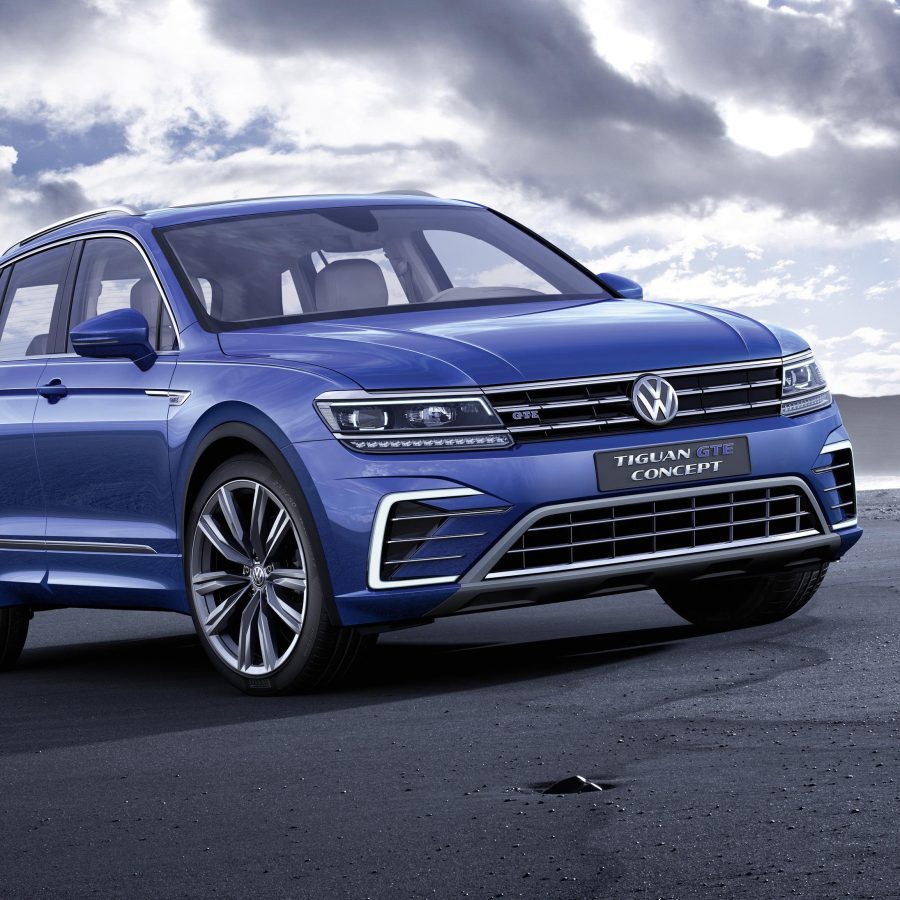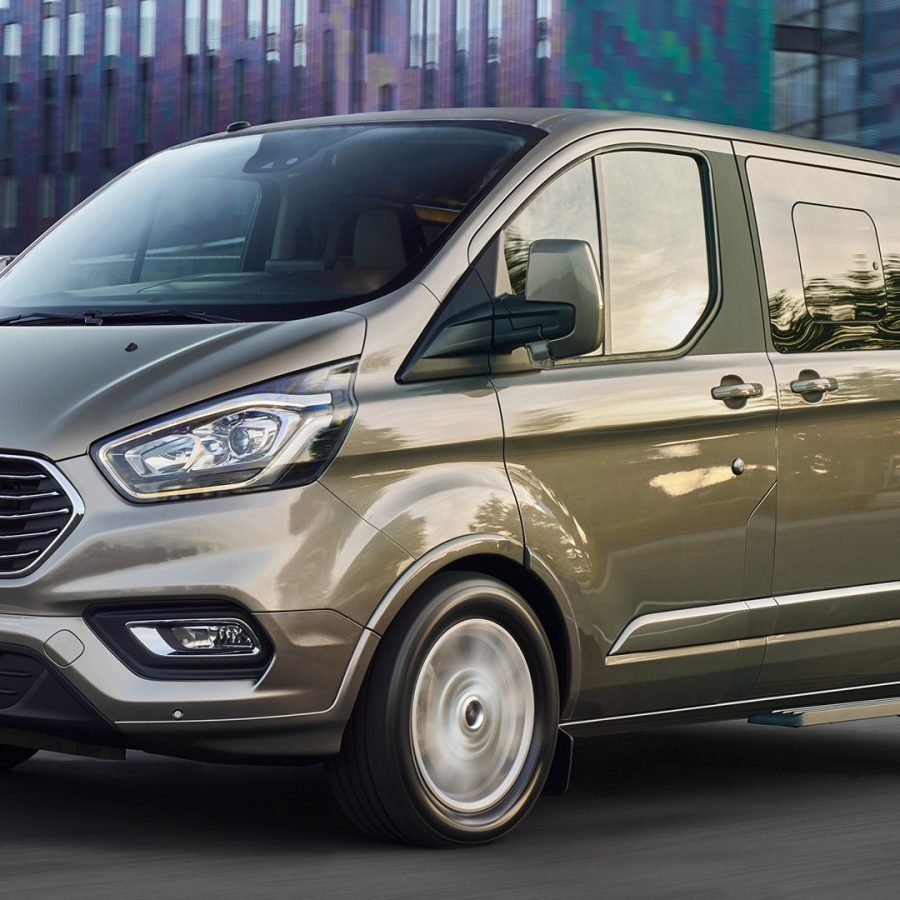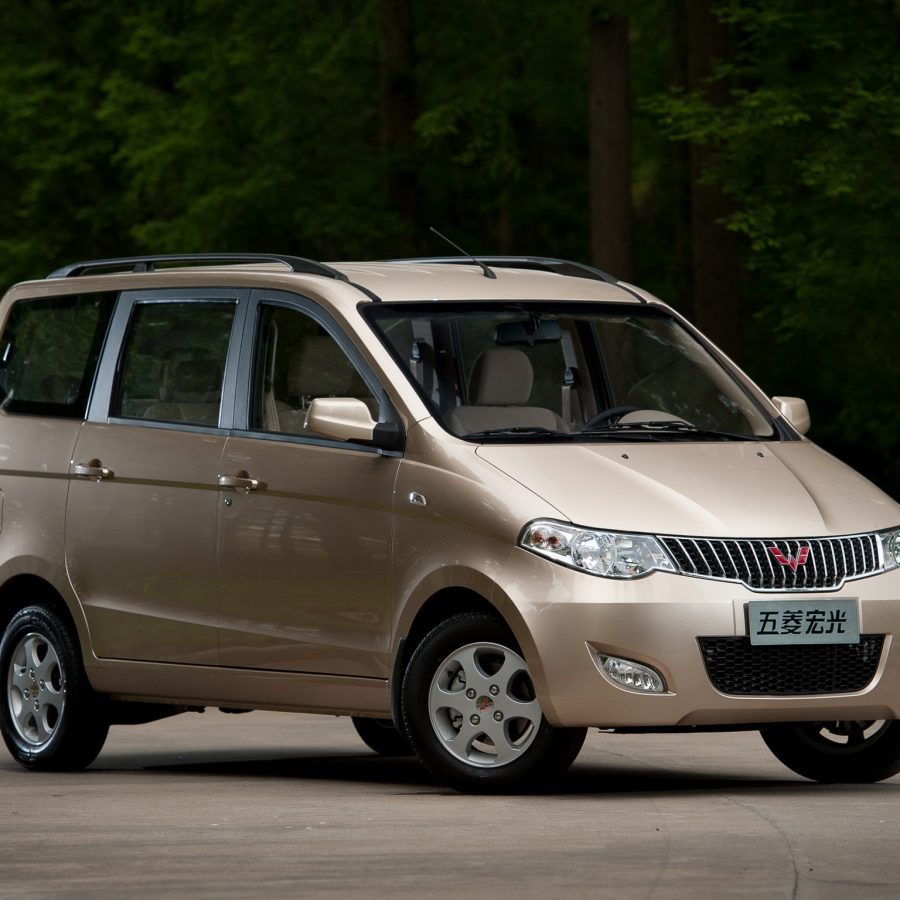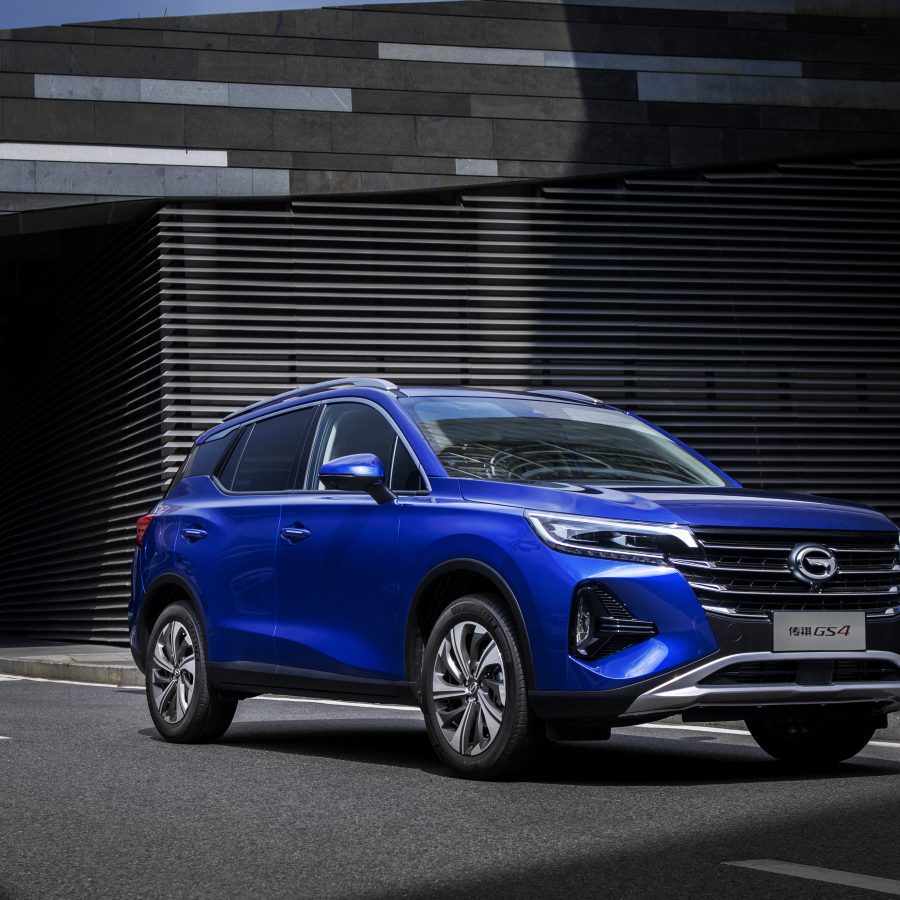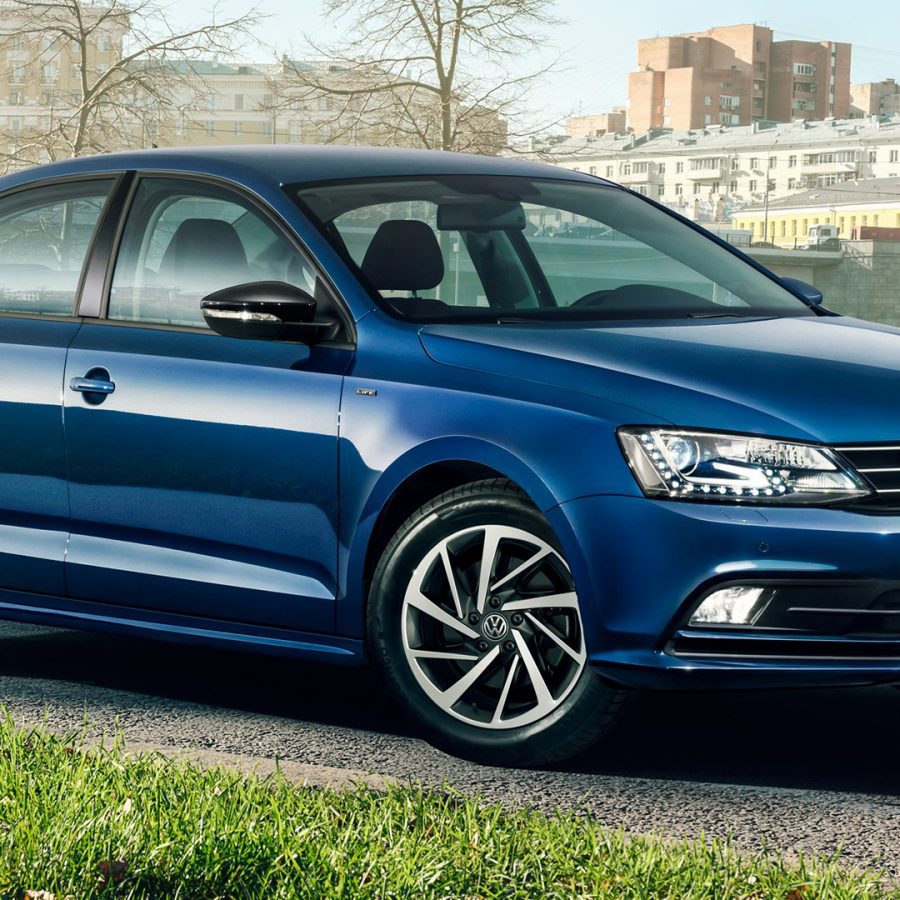2017 China Automotive Sales Research
2017 was another pivotal year for the automotive sector in China. After the rapid growth in 2016, the growth rate in vehicle sales in China moderated in 2017. While the market still grew, the rate was slower, indicating the beginning of a mature phase in the world's largest car market. The momentum for NEVs continued strongly in 2017. Sales of electric and plug-in hybrid vehicles surged, making China the largest electric vehicle market globally. Government incentives, improvements in infrastructure, like charging stations, and a wider selection of models available for consumers played a key role. In line with its efforts to curb pollution, the Chinese government signaled its intent to gradually phase out the sale of traditional internal combustion engine (ICE) vehicles. Although no specific date was set in 2017, the message was clear, and it prompted automakers to expedite their electric vehicle (EV) plans. The government tax incentive, which reduced the purchase tax for small-engine cars, reverted back to the standard 10% by the end of 2017. This led to a front-loading of purchases earlier in the year. SUV sales in China continued to dominate the market. Their rapid growth rate persisted, underpinned by a broadening range of models and price points that appealed to various consumer segments. Chinese domestic brands continued their solid performance, especially in the SUV and NEV segments. Brands like Geely, BYD, and Great Wall further entrenched their position in the market. Connected cars, autonomous driving technologies, and AI-driven features began receiving more focus in 2017. Partnerships between tech giants like Baidu, Tencent, and Alibaba with traditional automakers hinted at the future direction of the automotive industry in China.

